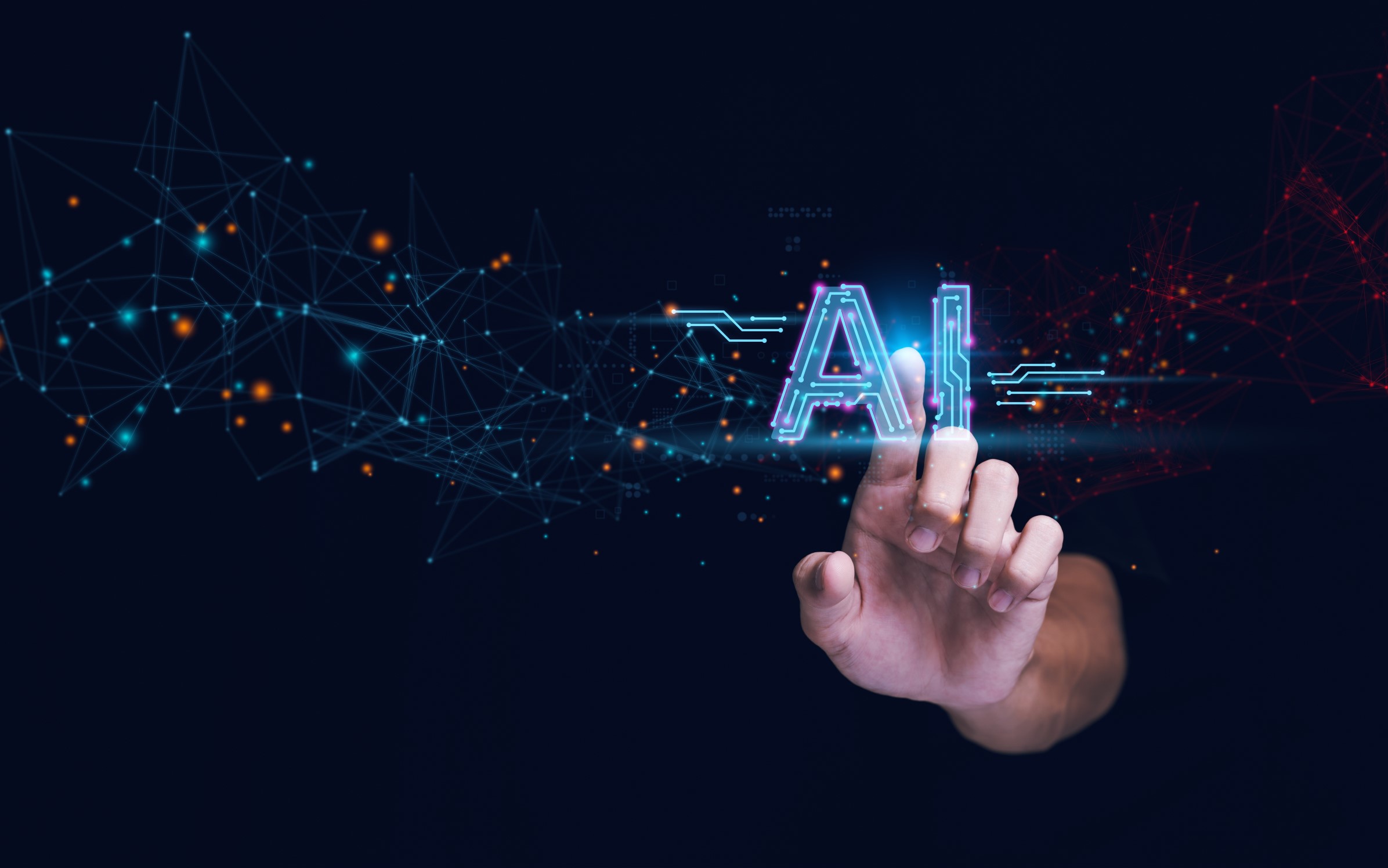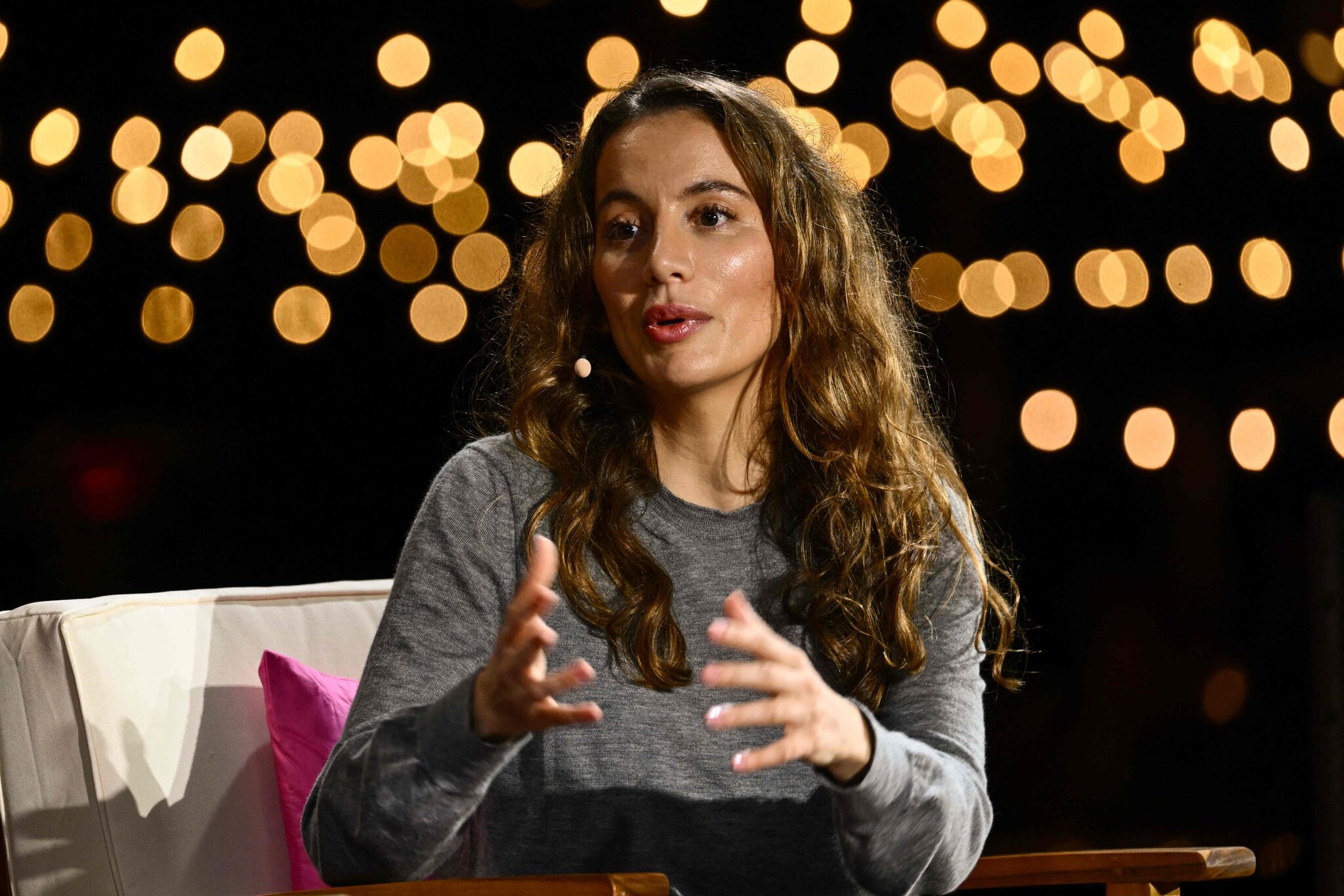
Subscribe to our free Newsletter
💌 Stay ahead with AI and receive:
✅ Access our Free Community and join 400K+ professionals learning AI
✅ 35% Discount for ChatNode
Welcome to The AI Report!
.png)

Podcast Summary: AI Advertising, and UGC
Andrew DiLullo is sceptical about Meta’s plan to fully replace traditional ads with AI-generated ads, emphasizing that audiences prefer authentic, human-driven content and may reject platforms flooded with AI ads.
.png)

In this podcast episode, Liam Lawson and Andrew DiLullo, a seasoned expert in advertising, explore the transformative landscape of digital marketing following Meta's announcement to replace traditional ads with AI-generated ads.
Andrew DiLullo shares his insights about this shift, expressing skepticism about the feasibility of fully AI-driven advertising. He argues that audiences crave authentic content, warning that platforms saturated with AI ads could drive users away.
This discussion highlights the current limitations of AI in creating dynamic, human-like interactions, raising concerns about potential backlash and legal challenges for Meta.
Andrew's experience with user-generated ads highlights the growing popularity and cost-effectiveness for real, genuine and authentic content. He illustrates how AI tools, such as Arc Ads and Descript, facilitate the creation of UGC-like content, at a fraction of the cost.
The conversation also delves into the creative process, with Andrew explaining how he uses ChatGPT for crafting engaging video scripts. Both hosts recognize the trend is pointing towards lower production-quality in ads, emphasizing the need for innovative advertising strategies amidst increasing competition in the digital marketing arena.
Key Takeaways
- AI-Generated Ads vs. Authentic Content: Audiences prefer authentic content and may leave platforms with too many AI ads.
- Limitations of AI: AI is currently unable to create dynamic, human-like interactions. This could cause backlash and lawsuits against Meta.
- User-Generated Content (UGC): Andrew discusses the cost-effectiveness and popularity of UGC ads, noting AI tools can help mimic UGC content in a more cost-efficient way.
- AI Tools in Advertising: Platforms like Arc Ads and Descript allow for rapid creation of video scripts and visuals, lowering the barrier to entry.
- Creative Process: Andrew uses ChatGPT for scriptwriting, focusing on effective hooks and narratives, and stresses the importance of testing and iterating creative ideas.
- Trends in Production Quality: There's a shift towards lower production quality in ads, as raw content often performs better on social media than polished productions.
The Rise of AI-Generated Ads
To start with, Liam and Andrew explored the potential shift in advertising after Meta recently announced plans to replace traditional ads with AI-generated ones. Andrew expressed doubts about fully AI-driven ads, suggesting audiences might prefer genuine content over AI-heavy platforms. "Audiences crave authenticity," he noted, cautioning about possible backlash and legal challenges for Meta.
Andrew shared insights on the growing appeal of user-generated content (UGC) ads, which are both popular and cost-efficient. He explained how he uses AI tools like Arc Ads and Descript to rapidly produce video scripts and visuals and mimic UGC at a lower cost.
The discussion highlighted a notable industry trend: ads with lower production quality often outperform polished, high-budget counterparts on social media. "Raw, unedited content resonates more with today's audience," Andrew observed, pointing to a 30% increase in engagement for such ads.
- AI Tools: Allow for quick, cost-effective content creation.
- UGC Popularity: Drives a shift towards authentic, relatable ads.
- Social Media Trends: People favor less polished, more genuine content.
Despite the competitive landscape as AI tools become more accessible, Andrew emphasized the ongoing challenge of maintaining creativity and effectiveness in advertising strategies.
They further discussed the impact of Meta's decision to shift from traditional to AI-generated ads. Andrew expressed doubt about AI's ability to fully replace human-driven advertising, citing the audience's preference for genuine content. He warned that platforms flooded with AI ads might see a decline in user engagement.
- Authenticity Over Automation: Andrew noted that while AI can create content, it often lacks the dynamic, human touch that audiences crave.
- Creative Process: He detailed his use of ChatGPT for scriptwriting, emphasizing the importance of frameworks for engaging narratives.
According to recent statistics, 73% of marketers see positive results from AI tools, but the need for authentic content is stronger than ever: "While AI tools democratize ad creation, maintaining creativity and effectiveness remains a significant challenge."
They discuss whether AI is able to deliver the authenticity audiences crave. Andrew expressed doubts, stating that fully automated advertising might not meet audience expectations for genuine content. He argued that while AI can produce content efficiently, it struggles with delivering the authentic, dynamic interactions that consumers value. Despite advancements, AI's inability to fully replicate human creativity and interaction could lead to consumer dissatisfaction and legal challenges for companies like Meta.
Andrew emphasized, "The real challenge isn't just about creating more content, but about crafting content that truly resonates with people."
As the industry evolves, the key will be balancing AI efficiency with the authentic touch consumers desire, ensuring that advertising remains both effective and engaging.
Tools, Frameworks, and Strategies Mentioned
In the podcast, Andrew DiLullo highlighted several tools and strategies that are reshaping the advertising landscape.
- AI Tools for UGC Ads: Andrew discussed the use of AI tools to create user-generated content-like ads efficiently and at a lower cost compared to hiring influencers. Platforms such as Arc Ads and Descript were noted for their ability to quickly generate video scripts and visuals.
- ChatGPT for Scriptwriting: The podcast delved into how Andrew leverages ChatGPT for crafting engaging scripts, utilizing various frameworks to create compelling hooks and narratives. This approach allows for rapid testing and iteration, crucial for maximizing audience engagement.
- Production Quality Trends: Both hosts observed a shift towards lower production quality in advertising, with raw and unedited content often outperforming polished productions on social media platforms. A study found that 58% of consumers perceive user-generated content as more authentic than traditional ads.
Andrew emphasized that while AI tools democratize ad creation, the challenge remains in maintaining high standards of creativity and effectiveness. "The real test is not just using these tools but using them to craft content that truly resonates with audiences," he stated.
Conclusion
This episode highlights several key takeaways regarding AI-driven advertising. First, there is skepticism about AI's ability to fully replace human-driven ad creation, as audiences favor authenticity over AI-generated content. Second, AI tools are revolutionizing advertising by enabling the production of user-generated content-like ads at a reduced cost, making it easier for creators to generate engaging content. Lastly, the industry is shifting towards embracing raw, lower production quality ads, which often resonate more with audiences on social media.
As AI tools become more accessible, maintaining creativity and effectiveness remains a critical challenge.
Subscribe to The AI Report Podcast for more insights on the evolving landscape of advertising.


.png)
.png)
.png)
.png)
.png)
.png)
.png)
.png)
.png)
.png)
.png)
.png)
.png)
.png)
.png)
.png)







.png)





